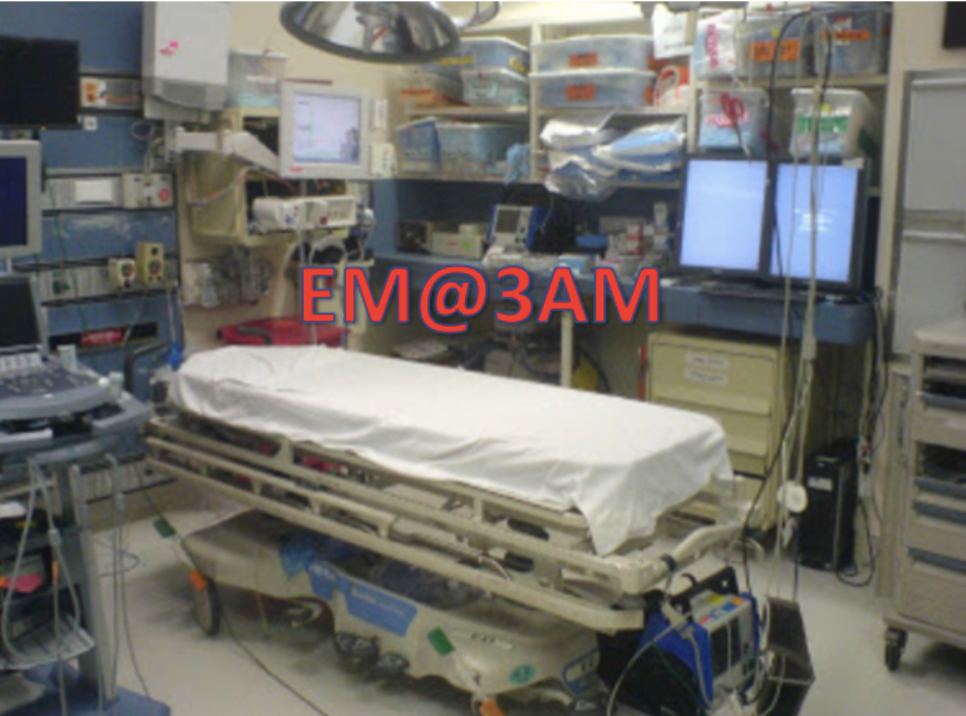EM@3AM: Celiac Disease
A 32-year-old female presents to the ED with worsening diarrhea for 2 months. The diarrhea is non-bloody but is bulky, foul-smelling, and floats. She has had a 9-pound weight loss. She has ulcers along the buccal mucosa. Her abdomen is soft and nontender, and while she appears tired, the rest of the exam is normal. What is the patient’s diagnosis?
EM@3AM: Celiac Disease Read More »

